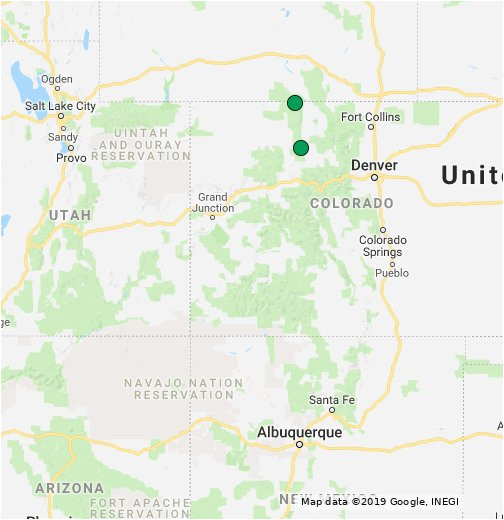
The post also hosts units of the Army Reserve, Navy Reserve and the Colorado Army National Guard.

Camp Carson was named in honor of the legendary Army scout, General Christopher "Kit" Carson, who explored much of the West in the 1800s.Īt the construction's peak, nearly 11,500 workers were employed on various construction projects at the new camp. Nearly all of the buildings were of mobilization type construction, with wood sided exteriors.įacilities were provided for 35,173 enlisted men, 1,818 officers and 592 nurses. The hospital complex was constructed of concrete block, and considered to be semi-permanent, and had space for 1,726 beds, expandable to 2,000 beds. Training on a 37mm anti-tank gun at Camp Carson. The 89th Infantry Division was the first major unit to be activated at Camp Carson. During World War II, over 100,000 soldiers trained at Camp Carson. Along with three other infantry divisions – the 71st Infantry Division, 104th Infantry Division and 10th Mountain Division – more than 125 units were activated at Camp Carson and more than 100 others were transferred to the mountain post from other installations. Nurses, cooks, mule packers, tank battalions, a Greek infantry battalion, and an Italian ordnance company trained at Camp Carson during the war years. Camp Carson was also home to nearly 9,000 Axis prisoners of war – mostly Italians and Germans. The internment camp at Camp Carson opened on the first day of 1943. These POWs alleviated the manpower shortage in Colorado by doing general farm work, canning tomatoes, cutting corn, and aiding in logging operations on Colorado's Western Slope.īetween 19, pack mules were a common sight at Camp Carson. The first shipment arrived by train from Nebraska in July 1942. The mules were used by Field Artillery (Pack) battalions to carry equipment, weapons and supplies over mountainous terrain.

The most famous of these animals was Hambone, the pride of the 4th Field Artillery Battalion. For 13 years, he carried first sergeants up Ute Pass to Camp Hale.


 0 kommentar(er)
0 kommentar(er)
